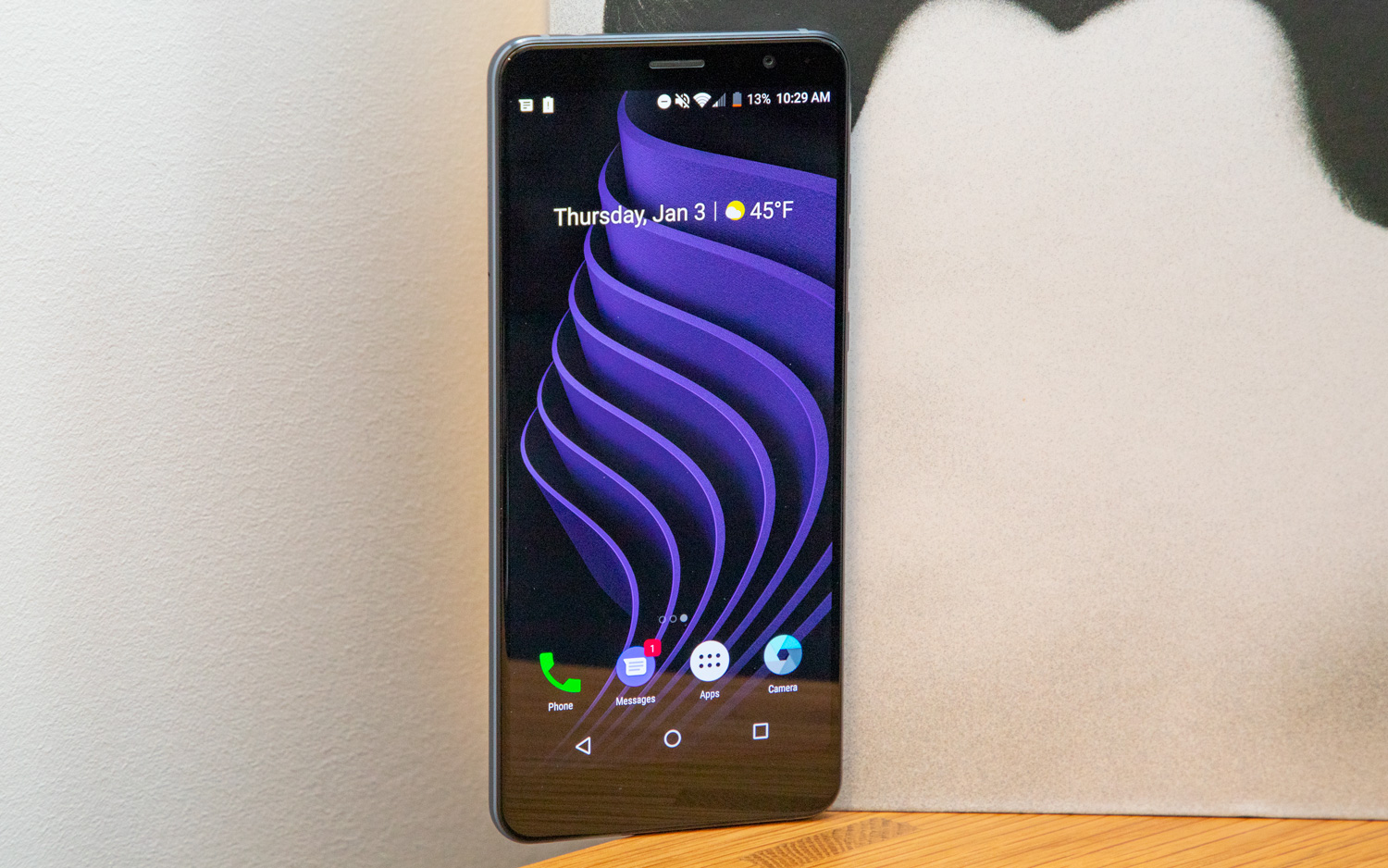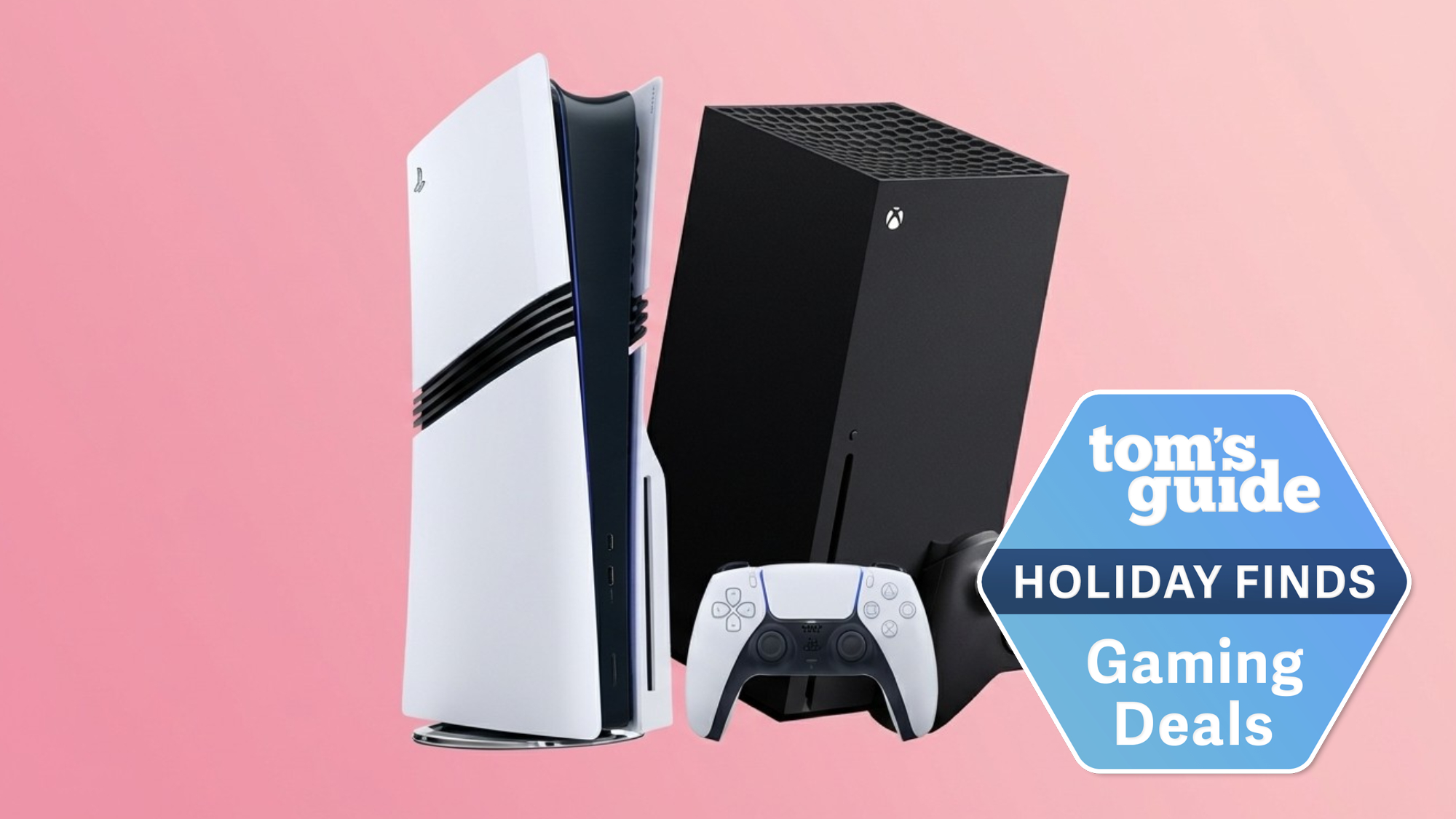Tom's Guide Verdict
ZTE returns with a compelling inexpensive handset in the ZTE Blade Max View. But the company has some catching up to do to reclaim its budget dominance.
Pros
- +
Pleasing, bright display
- +
Decent cameras
- +
Low price
- +
Support for most major carriers
- +
Long-lasting battery
Cons
- -
Still running Android Nougat
- -
Underwhelming design
- -
Slow to charge
- -
Middling performance
Why you can trust Tom's Guide
The Blade Max View is sold unlocked with support for most wireless networks, including Verizon. It's not a bad value for a handset with a 6-inch, full-HD display and a massive 4,000-mAh battery, especially if you can find the phone on sale. The Blade Max View is good enough to make our best cheap phone list. However, some odd software quirks, just average performance and frustrating design decisions hold this handset back.
ZTE Blade Max View Specs and Price
| Price | $199 |
| OS | Android 7.1 Nougat (Update to 8.1 Oreo now available) |
| Screen Size (Resolution) | 6-inch LCD (2160 x 1080) |
| CPU | Qualcomm Snapdragon 435 |
| RAM | 3GB |
| Storage | 32GB |
| microSD Slot | Yes, up to 2TB |
| Rear Camera | Dual: 16 MP and 2 MP |
| Front Camera | 8 MP |
| Battery Size | 4,000 mAh |
| Battery Life (Hrs:Mins) | 12:48 |
| Water Resistance | No |
| Size | 6.4 x 2.9 x 0.3 inches |
Design: Rough around the edges
With a matte soft-touch back and a gunmetal-silver frame, the Blade Max View has an unassuming elegance about it. It's not particularly attractive, even among budget handsets, but it's not garish or offensively cheap, either. It's solid, and it gets the job done.
Despite the 18:9 aspect ratio of the display, the Blade Max View retains a prominent bottom bezel, which looks quite empty given the lack of a front-facing fingerprint sensor. Instead, that scanner is on the phone's back below the camera, where it carves a deep recess into the plastic and is encircled by a sharp metallic ridge that scrapes your index finger as you try to locate it. It's not a great feeling.
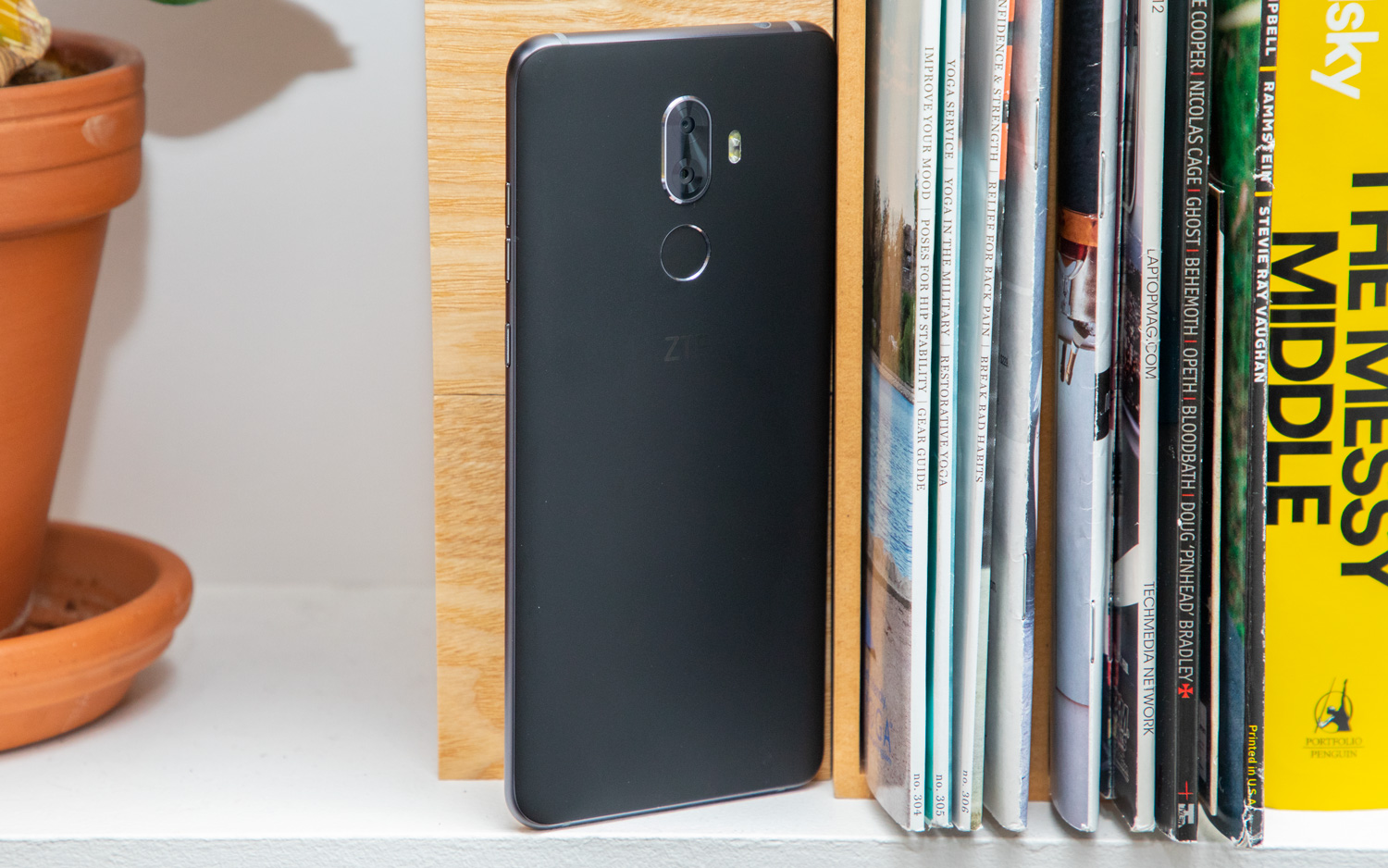
In fact, the whole the back of the Blade Max View doesn't feel great, and it's down to that soft-touch texture. I have nothing against plastics on phones when done right, but this material approaches a nails-on-chalkboard grittiness that just doesn't feel pleasing to the touch. It's also prone to trapping lint as well as the oils from your hands and gets to looking pretty dirty pretty quickly.
I have nothing against plastics on phones when done right, but this material approaches a nails-on-chalkboard grittiness that just doesn't feel pleasing to the touch.
Aside from those complaints, the Blade Max View cleans up nicely. It does feel a bit too tall in the hand, as a consequence of that thick bezel. But given that the device still casts a slim profile, I suspect much of the unused real estate at the front is necessary to contain the phone's gigantic 4,000-mAh battery, stereo speakers and headphone jack.
MORE: Best Smartphones - Here Are the 10 Best Phones Available
Display: Just fine
Not too long ago, you'd only find full-HD displays with extra-wide 18:9 aspect ratios on the most expensive, premium handsets. But times have changed, and such features have trickled down to devices that cost less than $200.
Get instant access to breaking news, the hottest reviews, great deals and helpful tips.
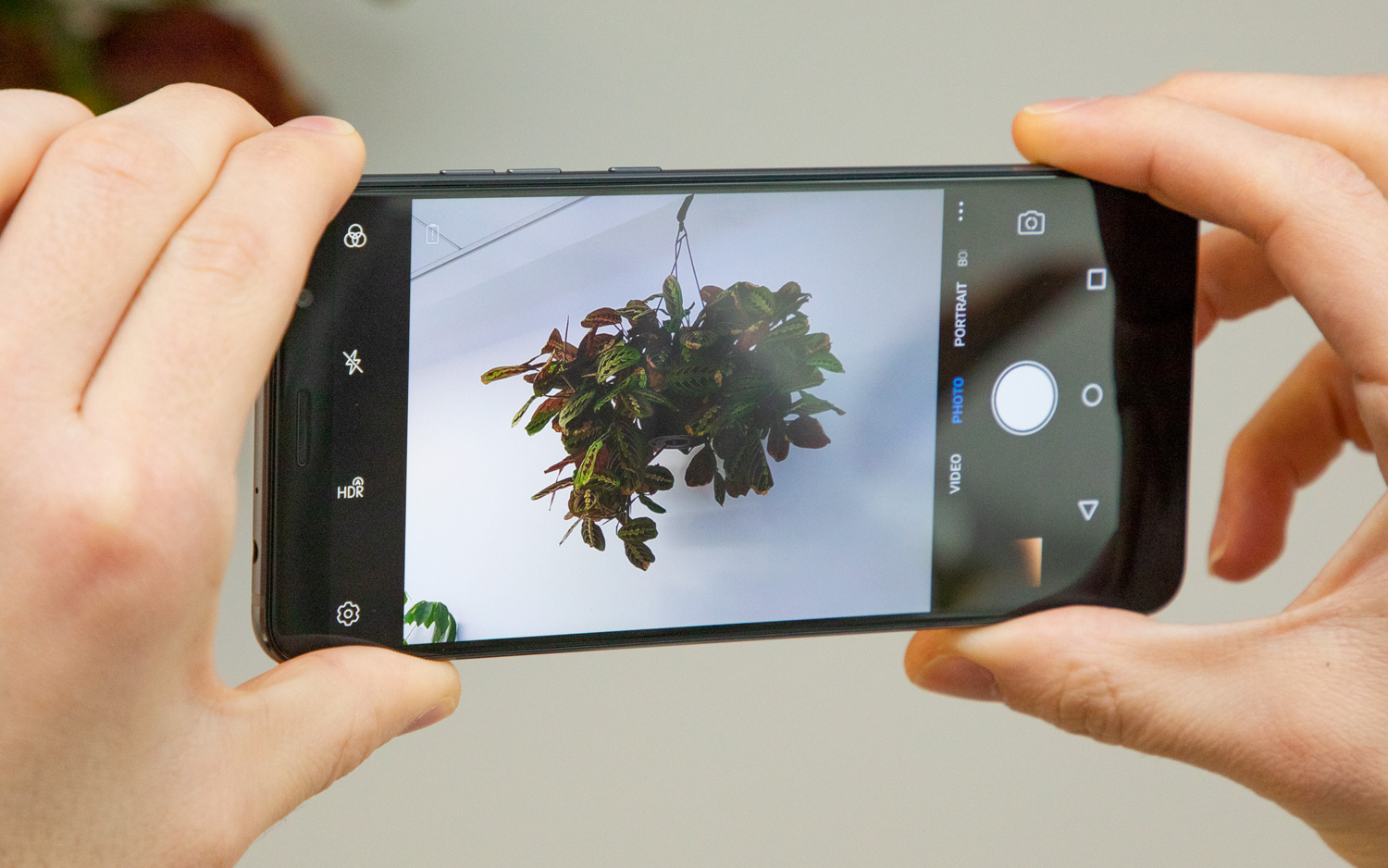
That’s great news for budget-minded buyers, because it means you can nab a cheap phone like the Blade Max View and still get a pretty nice screen. Granted, the panel on the Blade Max View is LCD, rather than the OLED technology today's top-of-the-line handsets employ. Yet details are still crisp, colors are still relatively accurate and the lack of hyper-saturated colors you tend to see on OLED models helps the Blade Max View's battery last a bit longer on a charge, too.
Some users may prefer punchier colors, but as far as LCD panels go, ZTE's showing is quite good.
Watching the trailer for the upcoming Lion King remake, I was taken aback by the iconic scene overlooking Pride Rock, thanks to the Blade View Max's ability to paint the sunlight and shadows with pleasing contrast and clarity. Some users might have preferred punchier colors, but as far as LCD panels go, ZTE's showing is quite good here.
MORE: Best Smartphones on the Market Now
The Blade Max View turned in a respectable peak brightness of 475 nits under our light meter. That beats out the 413-nit Moto G6, but falls shy of the 510-nit Honor 7X. However, ZTE's handset rendered more of the sRGB spectrum than both of those devices, with a gamut score of 146.7 percent — indicating more robust color. And with a Delta-E rating of 0.36, it was practically dead-even with Motorola's and Honor's offerings regarding accuracy of its hues.
Camera: Respectable, realistic shots
The Blade Max View comes equipped with a 16-megapixel primary sensor on the back, as well as a 2-MP sensor for determining depth in Portrait Mode shots. Up front, you get an 8-MP camera for selfies.
I was pleasantly surprised by the quality of the shots ZTE's latest budget device churned out. They're very respectable for the handset's cheap price, especially considering low and midrange phones always tend to skimp on photography before all else.
The ZTE's rendition of this red model car compares quite favorably to the same shot through the lens of the $249 Moto G6. There are strengths and weaknesses of each photo — the Motorola's result is sharper, while the Blade Max View delivered a brighter shot with more accurate white balance, taking account of the scene's warmth.
It definitely became clear in successive shots that the Blade Max View's penchant for more realistic colors wasn't imagined. That's especially evident when comparing these two photos of a homey Christmas tree ornament, where the light emanating from one of the tree's bulbs paints the side of the fox in stark yellow. Again, you;re looking at a more subdued but ultimately life-like shot from ZTE's handset.
On this attempt, it was the the Moto G6 delivering the more brightly exposed picture. Motorola's camera turned up the sharpness to 11 as well, which caused a fair bit of aliasing and color bleeding along the wireframe profile of the car on the label. All things considered, ZTE's handset again walks away with the more balanced showing.
The results from the Blade Max View's front-facing camera weren't as positive. The focus on this phone can be a little finicky — it already paints photos that aren't quite as sharp as what some of its competitors will provide, and the focal area seems a bit limited. That results in shots like what you see above, where the lower half of my face is properly exposed, but my forehead and hat are considerably blurrier. That said, I prefer ZTE's method of lighting the scene to Motorola's, which, again, tries far too hard to dial in more saturation that necessary.
Performance: A generation behind
Processing power is usually at odds with price, and the Blade Max View is further proof of that. For $199, you’re getting Qualcomm's Snapdragon 435 CPU — a chipset that is adequate for basic tasks like web browsing, firing off emails and messaging, but quickly finds its limits tested when multitasking or running slightly demanding games.
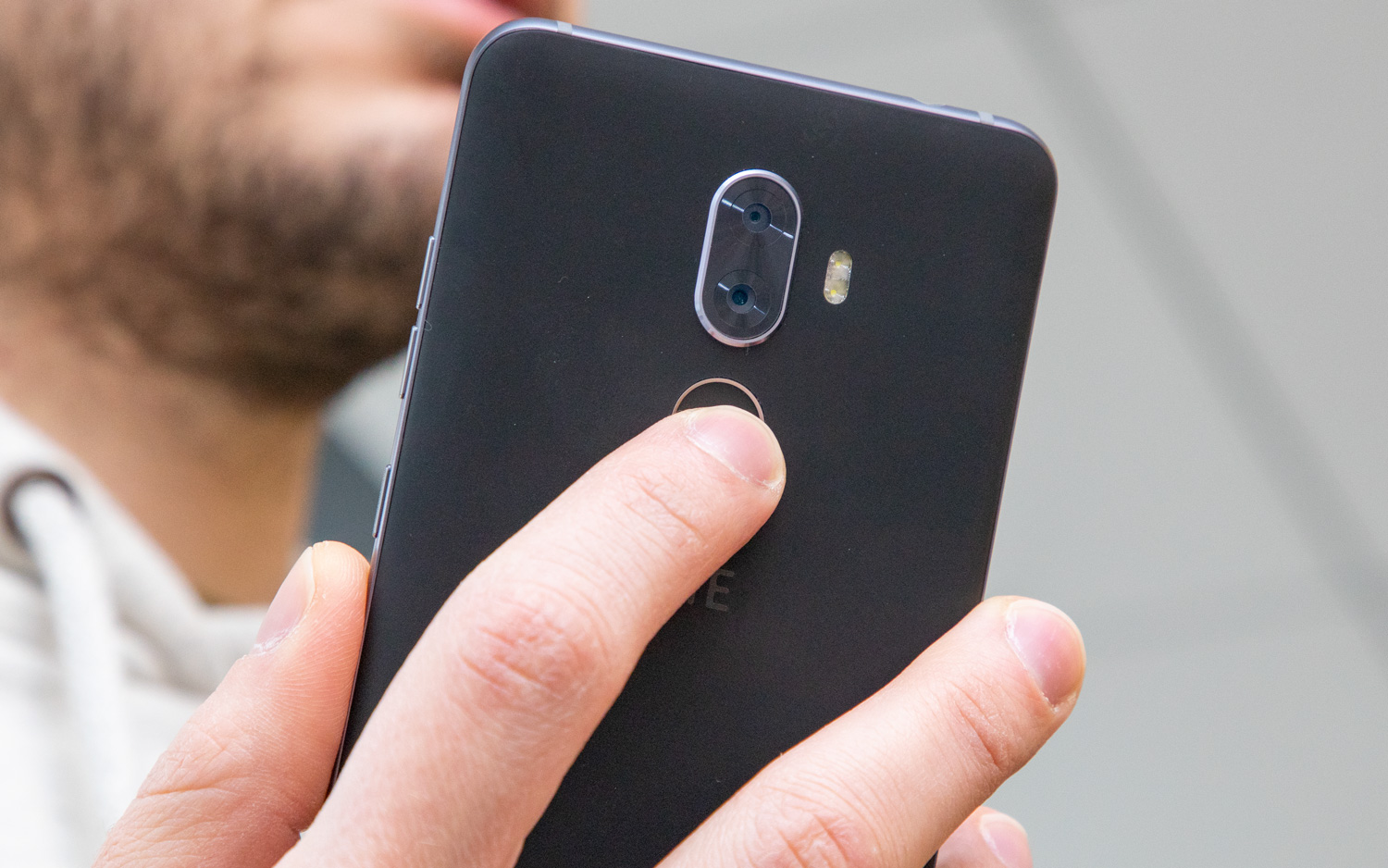
More casual titles like Super Mario Run are well within the Blade Max View's wheelhouse; the phone gets warm to the touch, but the experience is at least smooth. The same can't be said for PUBG Mobile, however, which chugs even at its lowest graphical settings.
MORE: Best Cheap Unlocked Smartphones
The Blade Max View's delivered underwhelming results in Geekbench 4, a test of overall performance. There, the device topped out with a multicore score of 2,567 — about 1,400 points behind the Moto G6 and its peppier Snapdragon 450 silicon.
Battery Life: Long lasting, slow charging
The Blade Max View may have its fair share of shortcomings, though running out of juice too quickly isn't one of them.
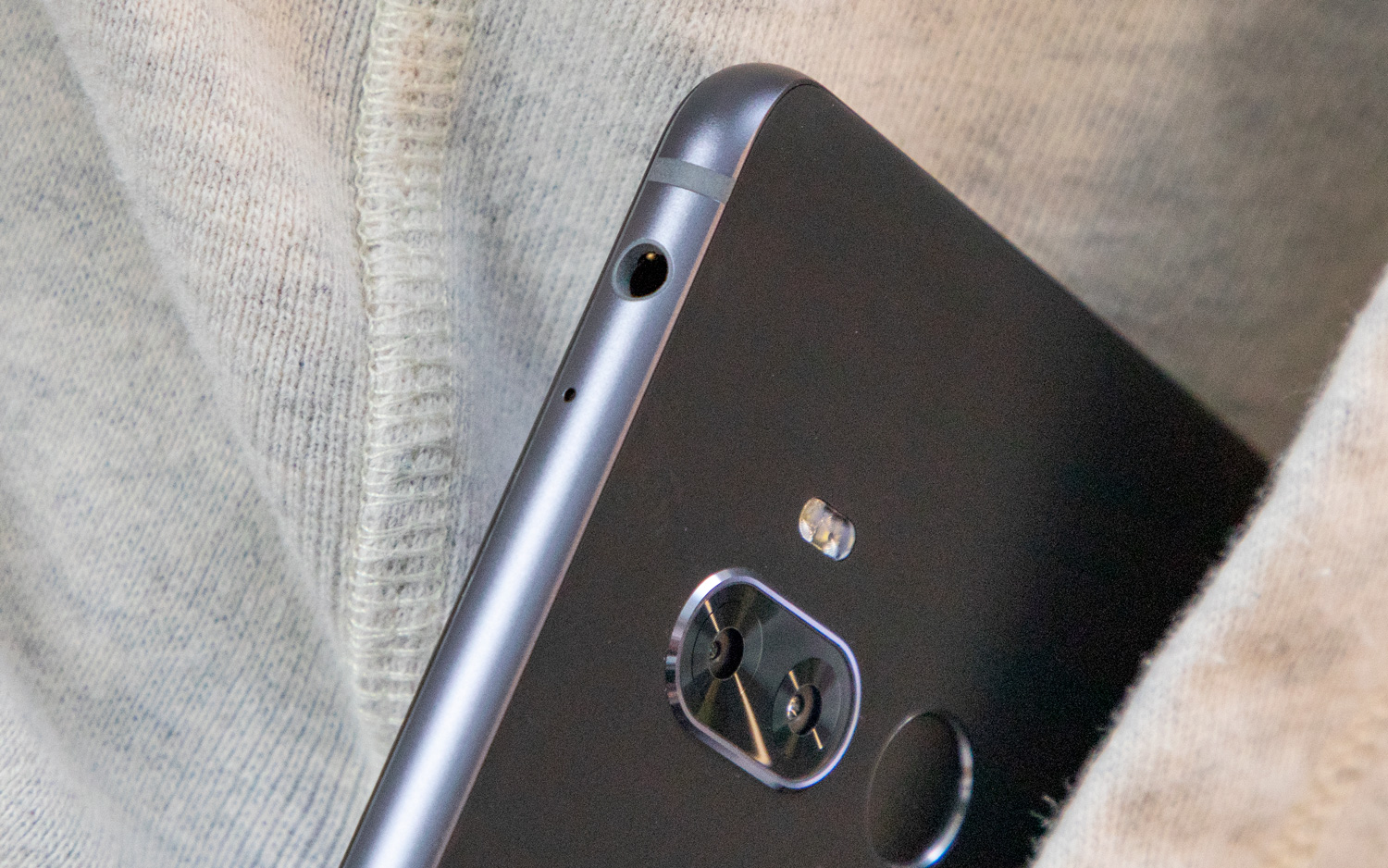
ZTE's latest budget offering lasted nearly 13 hours in our battery test, calling it quits after an impressive 12 hours and 48 minutes. That's several hours longer than the vast majority of devices in its price range, and can be attributed to the device's beefy 4,000-mAh power pack.
Unfortunately, one other thing that can be attributed to that massive battery is how long the Blade Max View takes to grab a full charge. We used a few different USB Type-C Power Delivery adapters with the handset, but topping up still took several hours each time.
The Blade Max View's efficiency certainly makes the lengthy charging times easier to swallow. However, considering the phone needs a long overnight charge to be usable the next day, it's still not spectacularly easy to live with.
Software: Clearly an afterthought
There's really no excuse to launch a smartphone at any price with software that's two years out of date, yet that's exactly what ZTE has done with the Blade Max View.
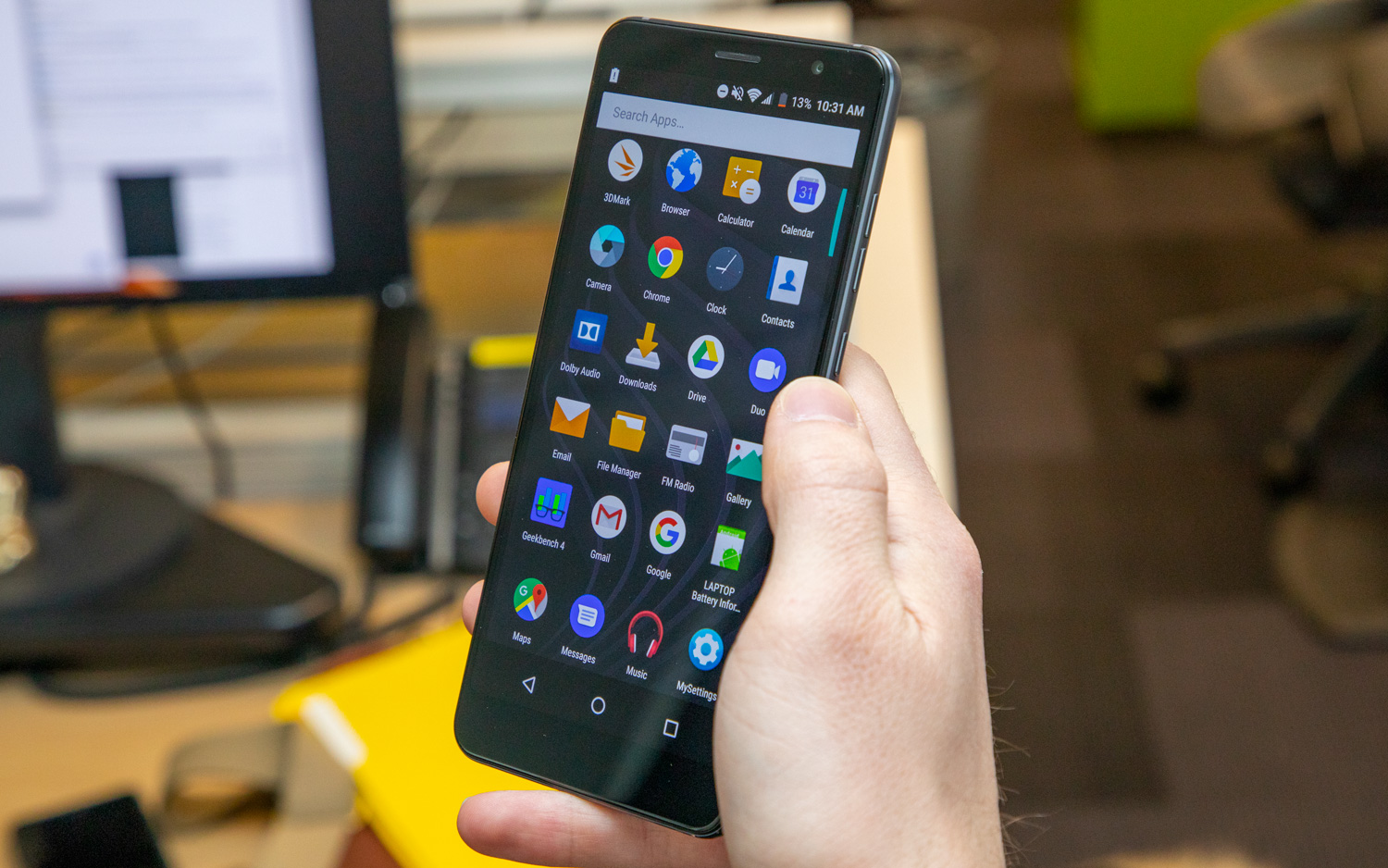
ZTE recently pushed out an update to Android 8.1 Oreo, but at the time of review our unit was still running Android 7.1.1 Nougat. And it's not even a clean install at that — ZTE's flavor of Android is stock in some ways, but unnecessarily duplicates most of Google's apps and services. That means you get a second internet browser that is worse than Chrome and strangely can't be disabled, as well as an extra photo gallery and music player that you'll probably never use.
There's really no excuse to launch a smartphone at any price with software that's two years out of date, yet that's exactly what ZTE has done.
The Blade Max View also fusses with Android's UI scaling and typical behaviors in weird and unpredictable ways. While I appreciate the spacious display, maybe quite not so much of it needs to be taken by oversize navigation keys. And who thought it'd be a good idea to replace Android's traditional swipe-up-to-unlock behavior with a press-and-hold?
MORE: Best Android Apps - Fun, Secret and Unique Apps
Considering Oreo only just became available, we wouldn't hold out hope for an update to Android 9 Pie during the device's life span. Perhaps ZTE should have just kept things simple and gone the Android One route, as budget phone specialists Nokia and Motorola have done lately to great success.
Bottom Line
There's a fair bit to like about the ZTE Blade Max View. It has a decent display, lasts pretty long on a charge and provides you with some respectable cameras for what little you're paying.
The problem is, that's not really enough to get our attention in a very crowded market for budget phones, where serviceable full-HD LCD screens are not hard to come by, and energy-efficient mobile chipsets typically grant long battery life. If anything, the second point is moot, because while the Blade Max View's ability to sip power is admirable, the tradeoff is relatively poor performance.
The Blade Max View does have the benefit of being quite cheap upon launch. But its rivals have fallen in price as well, and all things considered, we still find the Moto G6 and the Nokia 6.1 to offer more well-rounded experiences, with considerably more up-to-date software and a level of quality that is likely to last you a few years longer, too. That leaves ZTE's comeback feeling like a somewhat compelling alternative, though well short of a leader in its class.
Credit: Tom's Guide
Adam Ismail is a staff writer at Jalopnik and previously worked on Tom's Guide covering smartphones, car tech and gaming. His love for all things mobile began with the original Motorola Droid; since then he’s owned a variety of Android and iOS-powered handsets, refusing to stay loyal to one platform. His work has also appeared on Digital Trends and GTPlanet. When he’s not fiddling with the latest devices, he’s at an indie pop show, recording a podcast or playing Sega Dreamcast.
